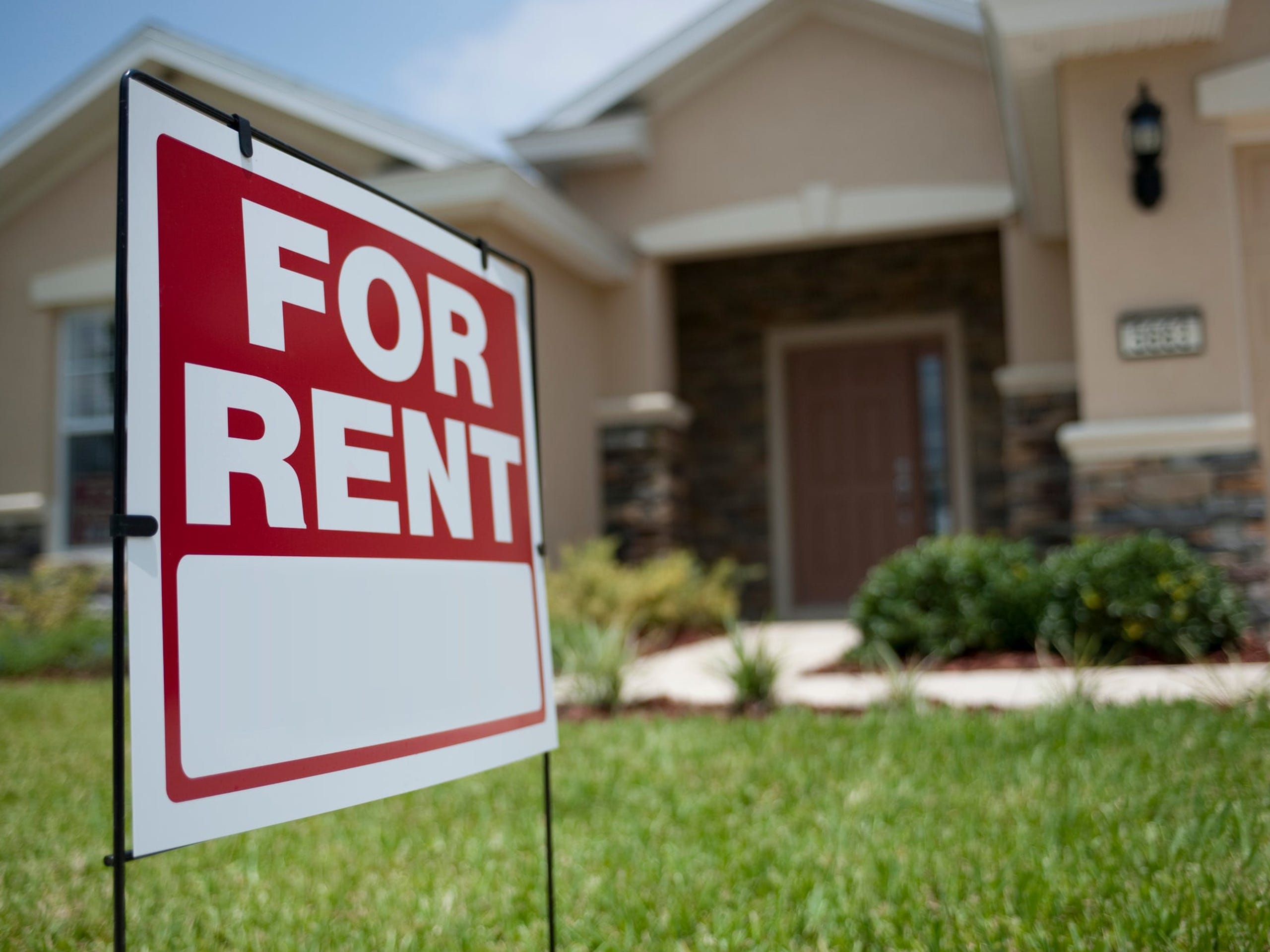Rents are falling across most major cities, like New York and San Francisco, after the coronavirus pandemic battered the U.S. economy in the spring, forcing landlords to offer incentives to attract new tenants following an exodus from urban areas.
Median U.S. rent stood at $1,771 in August, down 0.3% from July, the largest monthly decrease since September 2017, according to real estate website Zillow.
In addition, year-over-year increases in rent have slowed every month in the U.S. since the pandemic began, dropping from growth of 3.8% in February to just 0.7% in August, Zillow data show.
After a historic wave of layoffs hit renters hard in expensive cities, rents in urban areas have slowed more than in the suburbs as millions of out-of-work Americans move back in with their families. Remote workers, meanwhile, are buying homes in the suburbs, affecting demand for leases in cities, experts say.
Compared with last year, rent in New York as of August is down 4.6% to a median of $2,716. In San Francisco, it has dropped 4% to $3,167, and in San Jose, California, it has declined by 3.8% to $3,129. In Boston, the fifth-most expensive metro area within the top 50, rents are down 2.8% to $2,490 since last year.
Rents in Washington, D.C., Chicago, Austin, Houston, and Denver have also dropped since last year.
Leaving expensive cities
“Big cities are losing demand because people are having a hard time finding jobs during the pandemic,” says Joshua Clark, economist at Zillow. “Many recent graduates aren’t moving to big cities to start their dream jobs since hiring has frozen at many companies, and job losses have forced others to move back in with their families."
Further drops in rental prices are likely this year, he said.
Rents in Midwestern and Sun Belt cities are rising, however. Those areas in the country saw brief declines in rents when the lockdown initially hit, but more of those cities have reopened and have somewhat returned to normalcy, helping to stabilize rent prices, experts say.
In August, Memphis led the way with a rent increase of 8.3% since last year to $1,396.
In Phoenix, rents bounced back with a 1.1% month-over-month growth in August after posting negative figures in April and May. And rents there are up 5.7% from a year ago to $1,521.
As landlords vie for new tenants, concessions on listings are now nearly twice as common as they were in February, according to Zillow.
Concessions are often viewed by housing experts as a leading indicator of a coming price drop since landlords will often offer them first before reducing rent, Clark said. If owners feel they are no longer moving the needle, they’ll reduce prices, he added.
Concessions from landlords
Many landlords would prefer to offer a concession rather than cut rent because it will be harder to raise rents once the market picks back up following the pandemic, experts say.
The share of rental listings on Zillow that advertise some form of concession rose to 30.4% in July from 16.2% in February. The incentives include free months of rent or parking, offering a gift card, or waiving a deposit. Only 12.5% of rentals advertised concessions last July.
Of the six types of concessions tracked by Zillow, free weeks of rent was by far the most widespread. With relief ranging from two weeks to two months, free rent made up 90.8% of all promotions offered across the U.S and ranked as the top concession choice in all but six of the 50 largest markets.
Reduced or waived deposits (9.1%) and gift cards (6.6%) followed. The median amount of free rent offered is six weeks, which equates to an 11.5% annual discount. For the typical U.S. rental, that would mean about $200 in monthly savings.
Bill Kowalczuk, a broker at Warburg Realty in New York City, said the drop in rental prices in Manhattan is the worst he’s seen in his more than two decades of work in the real estate industry.
When the pandemic first hit, many young professionals returned home to quarantine with their families while working remotely, says Kowalczuk. As their leases came up, very few renewed since they had the ability to work from home. Then landlords couldn’t replace those tenants, causing inventory to shoot up, Kowalczuk explains.
“No matter where I look, an amazing deal can be found. People are throwing ridiculous offers at me to see what landlords will do,” says Kowalczuk, who added that he’s seen some landlords offer a few months of free rent to entice potential tenants.
Some are even willing to install new appliances like refrigerators, dishwashers and laundry units; and to build out closets to tenants' specifications or add a fresh coat of paint.
“Until companies start forcing employees to work in the office and people come back to Manhattan as their primary residence, we could see high inventory for a while," said Kowalczuk, adding, "If landlords want to stop the bleeding, they’ll have to hold their nose and jump in. At this point, something is better than nothing.”



